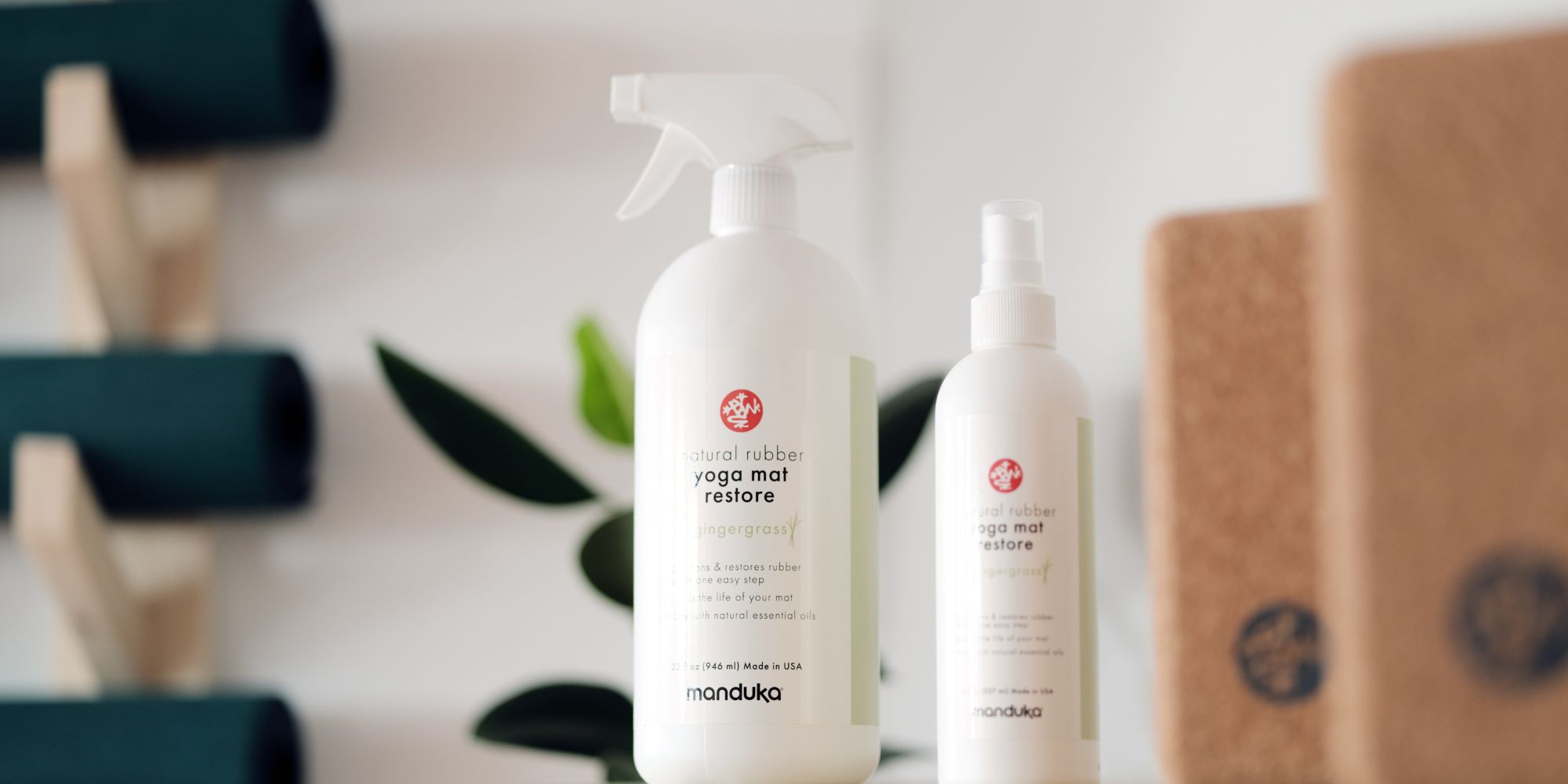While the weather may still be wintry in much of Europe, spring is just around the corner! The March (vernal) equinox occurs on the 20th this year and is the day when both the Northern and Southern hemispheres experience roughly an equal amount of daylight. For those of us above the equator, our daylight hours will continue to lengthen until the summer solstice in June.
Spring is often seen as a time of rebirth, and of growth, coupled with rising temperatures and festive holidays. It is also known as a time for thorough cleaning! Spring cleaning is a fixture in many cultures around the world in anticipation of several religious holidays, including Easter, Passover and Eid. Some say the practice began with khaneh-tekani or ‘shaking up the house’, an ancient Persian tradition of removing debris and dirt in preparation of a better life in the New Year.
As you revisit your studio and fitness facilities needs ahead of what may be a busy spring season, consider reviewing your equipment cleaning processes. Much like other parts of the hotel, your mats should be regularly cleaned so that they are always ready for guests, with the appropriate cleansing system in place.
Why clean your yoga mats?
Mat care is important to maintain the performance, lifespan and hygiene of mats in a studio setting where mats are used many times over. Your guests wouldn’t want to share sheets and towels with a previous guest, and so similarly the yoga mat is also a place where hygiene and cleanliness is of the utmost concern. Our PRO Series performance yoga mats are designed with a closed-cell surface to keep dirt, sweat, and oils from absorbing into the mat. Those impurities (which are conducive to the growth of bacteria) stay on the top of the mat allowing the mat to be cleaned thoroughly after use. Using the proper mat care prevents the growth of mold, the development of off-putting odors, stains, and other nasties.
How do you clean and disinfect a yoga mat?
Depending on the material and construction of the mat, the cleaning process may be as simple as a quick spray and wipe between uses. A simple daily wash keeps all yoga mats smelling fresh and clean for longer. Over time, shared yoga mats may need a more thorough cleaning, for this we recommend leaving the disinfectant on for a longer period of time to be effectively deep cleaned.
Can’t we just use disinfecting wipes or bleach?
No, using these products on yoga mats isn’t the best solution. These products often have ingredients that can have a negative impact on the lifespan of the mats as harsher chemicals cause the mat to degrade over time. Additionally, some guests may have allergic reactions to prolonged skin contact with chemical disinfectants.
How do I set up a cleaning process for my studio equipment?
Talk to us about how to establish and maintain a cleaning system and why some mats need different regimens and care. Manduka offers a full line of all-natural, antimicrobial cleaners, restorers and refreshers made specifically for yoga mats and blocks, and we can guide you in developing an easy process for your team to follow.
Find out more about the Manduka line of performance equipment and our cleaning products made expressly for yoga mats.

